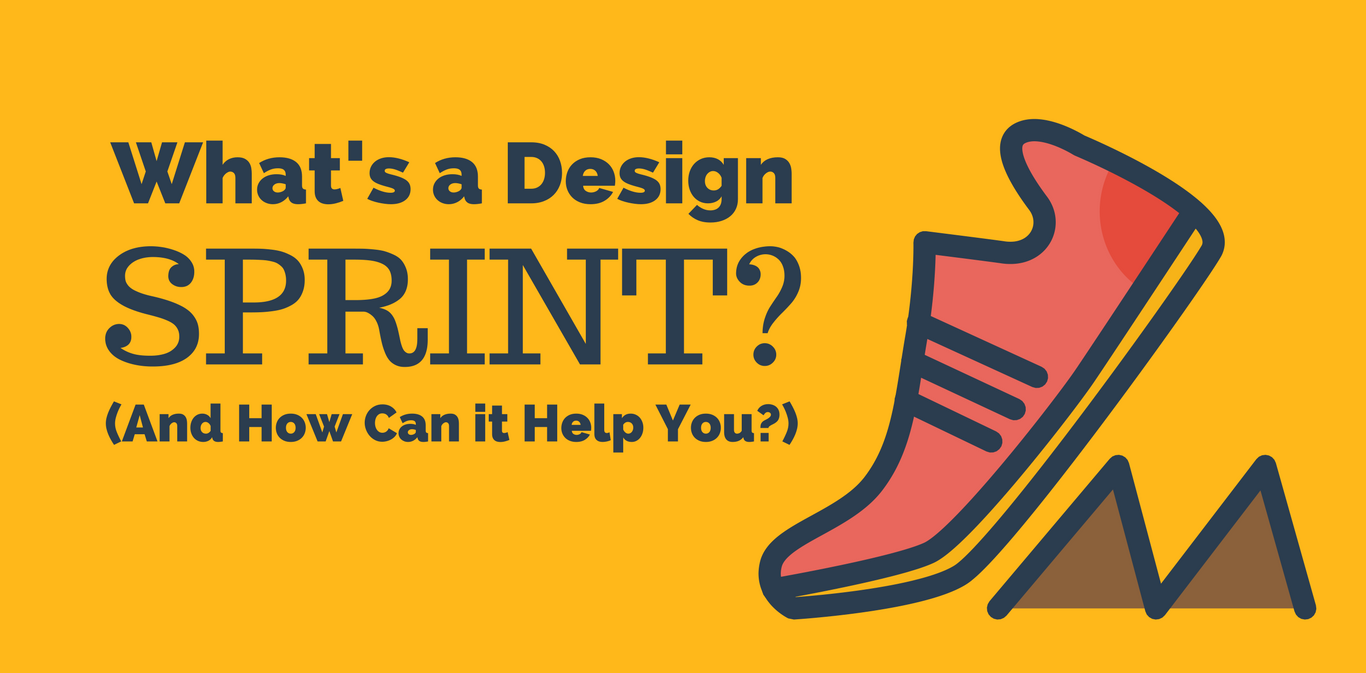
What if you could identify and answer critical business questions through design, prototype a solution, and deploy it to a real audience – all in one week? Believe it or not, it can be done. This is the concept of the efficient, highly focused, and exciting design sprint.
The term was made popular in the last decade with the popularity boom of Scrum and other Agile methodologies. GV (formerly Google Ventures), IDEO, the Stanford Institute of Design, and several other product and design agencies and institutions were involved in the development and evolution of the design sprint.
At Planet Argon, we’ve studied the book Design Sprint: A Practical Guidebook for Building Great Digital Products as we’ve implemented design sprints into our work with clients.
This book breaks down the design sprint into five phases following preparation for the sprint:
- Understand (review background and user insights)
- Diverge (brainstorm what’s possible)
- Converge (rank solutions, pick one)
- Prototype (create a minimum viable concept)
- Test (observe what’s effective for users)
This is the methodology we follow when we collaborate with a client on a design sprint. In a short amount of time, often just a week or two, we're able to come together for a deeper understanding of real customer problems and the most effective solution.
Who can benefit from a design sprint?
The most obvious use case for a design sprint is at the beginning of a project. If you’re just beginning a new business venture, you want to reduce potential overhead costs down the road by preventing costly assumptions and mistakes.
However, more mature projects can also benefit from a design sprint to launch updates, expand to a new audience, or pivot for smarter business decisions. From a startup to a division within a decades old company, and non-profits to tech companies, a variety of services and products can benefit from a focused design sprint.
How do you begin a design sprint?
The most important step in a design sprint arguably begins prior to the first day, when you get buy in from stakeholders and time set aside for your sprint. The value of the design sprint lies in its focus. You’ll need a dedicated and diverse team, the right (high stakes) challenge, and limited distractions. GV lays out the steps to take before beginning your sprint in this setting the stage checklist.
It’s incredibly important for high-value stakeholders in your company to buy into the design sprint process. Shutting a team in a war room for five days straight to resolve a problem will often be met with skepticism if you’ve historically operated in a waterfall or slow-moving development and design cycle.
How do you measure a sprint's success?
There are several outcomes that may arise from a design sprint. The sprint isn’t successful only if you find out your customers agree with your original plans. Rather, it’s a win for your company if you validate your plans or find out you were way off base, because your project plans will be based on data from real users, instead of gut feelings from decision-makers in your company. You might even decide to call off your project entirely – and the opportunity costs of what you could build instead are immeasurable.
Basing product development and design on feedback before you begin iterating, rather than months down the line reduces risks and costs for your company. Dedicating time and money in the short-term can save you massive amounts in the long run.
Why are design sprints so valuable?
Often product development is based on what your users say they need, or what the product team thinks the users need, rather than the real solution to your users' problem. Design sprints reduce assumptions, answer critical business questions, and give you a peek into the future of your product – without spending months of development and design time.
Eager to learn more?
There's a wide world of information, case studies, and exercises to learn from when considering design sprints for your company. Here's a quick list of good reads on design sprints:
- Sprint: Solve Big Problems and Test New Ideas in Just Five Days
- Running a Google Design Sprint from start to end
- How We Completed a 5-Day Design Sprint in 3 Days
- Case Study: Blue Bottle Sprints with GV
If you're looking for a guiding hang through your design sprint, we can help. Working with us on a focused, short design sprint can reduce your project's business risk and uncover deeper meaning on what you need to build. Click below to find out more about our process and get in touch with us today.
